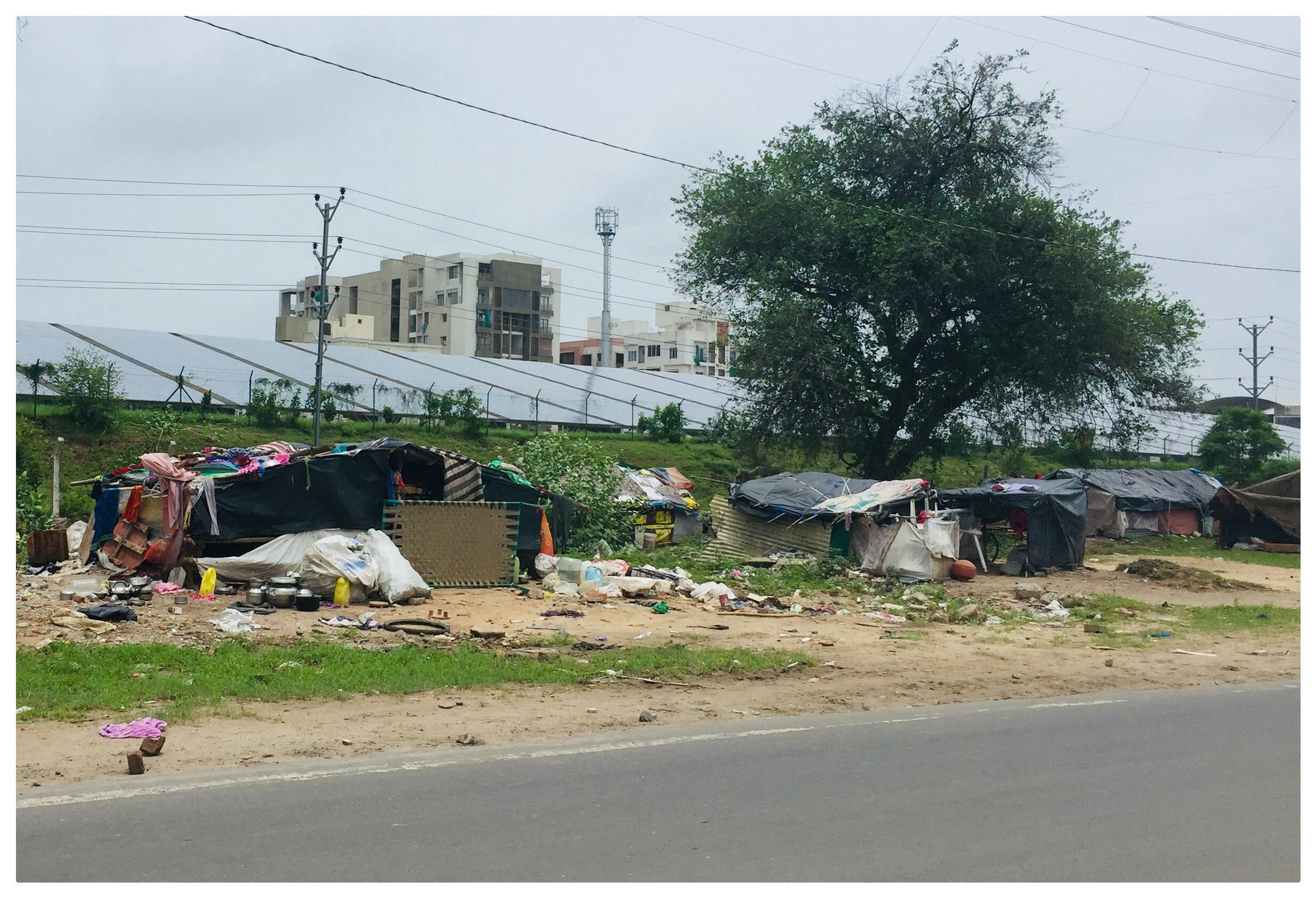Poverty is a pervasive global issue that disproportionately affects women and children, with far-reaching consequences on their health and education. Understanding these impacts is crucial for developing effective strategies to break the cycle of poverty and improve outcomes for vulnerable populations.

The Cycle of Poverty, Health, and Education
- Poor health can lead to reduced educational attainment
- Limited education often results in lower-income opportunities
- Low income restricts access to quality healthcare and nutrition
- The cycle continues to the next generation
Health Impacts of Poverty on Women and Children
- Maternal Health: Limited access to prenatal care, malnutrition, stress-related complications, and reduced family planning services.
- Child Health: Higher infant mortality rates, chronic diseases, environmental hazards, and limited preventive care.
- Mental Health: Increased depression, stress, developmental delays, and lack of mental health services.
Educational Impacts of Poverty on Women and Children
- Early Childhood Education: Limited preschool access, fewer learning resources, and parental work constraints.
- School-Age Education: Higher absenteeism, lack of materials, overcrowded schools, and higher dropout rates.
- Higher Education: Financial constraints, work-study balance, and lack of awareness about aid.
- Adult Education for Women: Time and resource limitations, childcare issues, and cultural barriers.
The Compounding Effect on Women and Children
- Gender discrimination exacerbates educational and economic disparities.
- Child labor reduces educational opportunities.
- Early marriage and pregnancy interrupt education.
- Intergenerational transmission of poverty perpetuates the cycle.
Strategies to Address the Impact of Poverty
- Integrated Health and Education Programs: School-based health clinics, nutrition programs, and early development initiatives.
- Economic Empowerment: Microfinance, vocational training, and equal pay policies.
- Education Initiatives: Free/subsidized education, adult literacy, and distance learning.
- Health Care Access: Mobile clinics, subsidized insurance, and community health workers.
- Policy Interventions: Social protection, affordable housing, and anti-discrimination policies.
Conclusion
Addressing poverty's impact on health and education requires a comprehensive approach, integrating health interventions, educational support, economic empowerment, and policy changes. Breaking the cycle can create a path toward healthier and more educated communities.
FAQs
Q: How does poverty affect children’s cognitive development?
A: Chronic stress, malnutrition, and limited access to learning environments negatively impact cognitive growth.
Q: What are effective interventions to improve education for girls in poverty?
A: Free education, scholarships, menstrual hygiene programs, and community engagement can help.
Q: How can healthcare systems better serve women and children in poverty?
A: Community outreach, affordable health services, and mobile clinics improve access to care.
Q: What role does nutrition play in health and education outcomes?
A: Proper nutrition supports cognitive and physical development, reducing health risks.
Q: How can technology help address poverty’s impact on health and education?
A: Online education, telemedicine, mobile banking, and remote job opportunities expand accessibility.
